The 32 greatest Pixar characters
From Woody to Wall-E, Pixar has made some of the most iconic characters in animation history
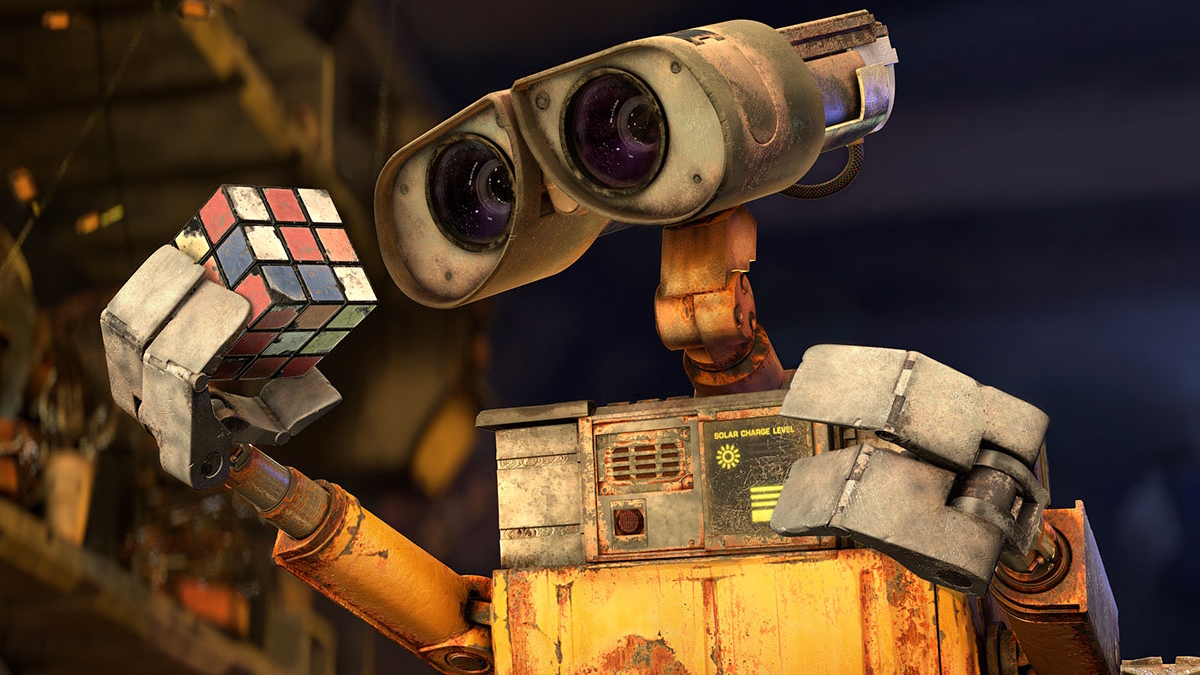
You’ve got a friend in me – and all the rest who make up Pixar’s multiverse of stories. Beginning with the acclaimed feature film Toy Story in 1995, Pixar has been a titan of the animation film industry for decades with revered features like A Bug’s Life, Monsters, Inc., Finding Nemo, The Incredibles, Brave, Inside Out, Coco, and more.
While Pixar was officially founded in 1986, it had earlier origins circa 1974, when New York Institute of Technology’s Alexander Schure established “CGL” – for “Computer Graphics Lab” – which set out to produce the world’s first computer-animated movie. It had early encouragement from filmmakers like Francis Ford Coppola and George Lucas. A handful of CGL members eventually joined Lucas’ Lucasfilm under a new name, Graphics Group. This group would be the true forerunners to what we know as Pixar today.
Today, Pixar is a studio revered worldwide for its movies that appeal to all ages. Whether the characters come from a child’s toy box or a world of sentient automobiles or a city of superheroes, Pixar’s characters are some of the most iconic movie characters of all time – but some are more iconic than others. And here are the 32 greatest characters from Pixar’s movies.
32. Randall Boggs (Monsters, Inc.)
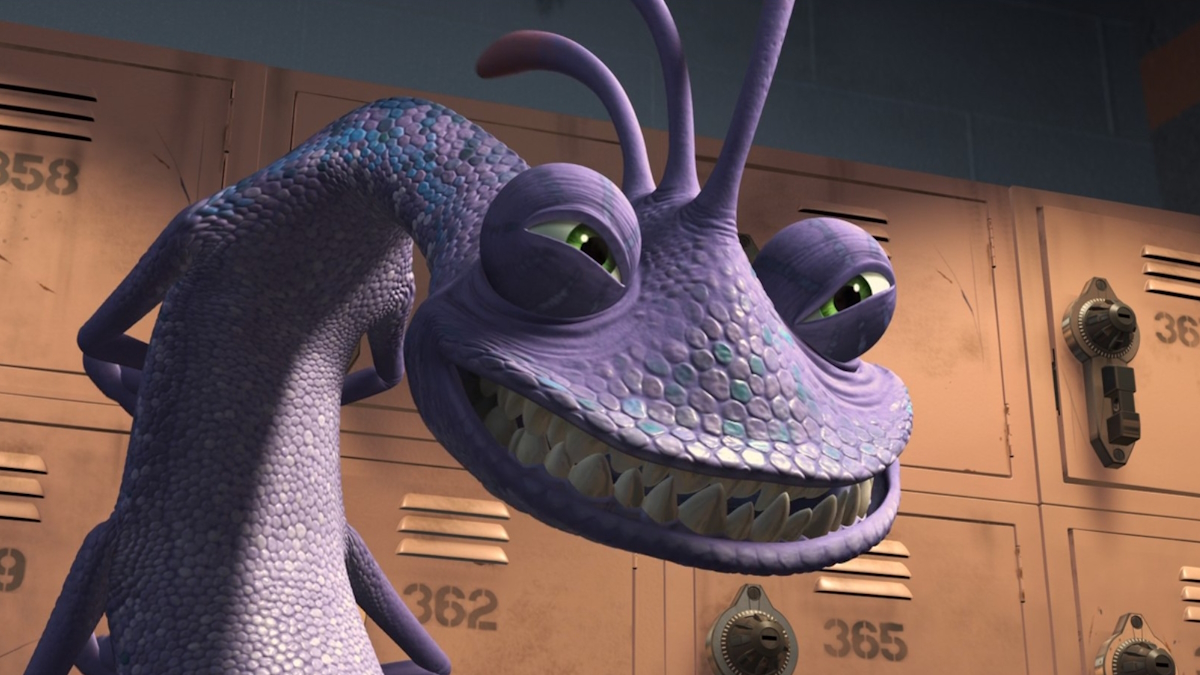
Randall Boggs, the petty workplace rival to Mike and Sully in Pixar’s Monsters, Inc, isn’t the scariest nor even the most charismatic villain to grace a Disney movie. But with an ultra-neat visual gimmick of invisibility – thanks to his chameleon nature – and slithery voice acting by Steve Buscemi, Randall is the platonic ideal for Disney villains. Randall doesn’t want to take over the company or kill anybody; he just wants to prove he’s better than everyone.
31. Joe (Soul)
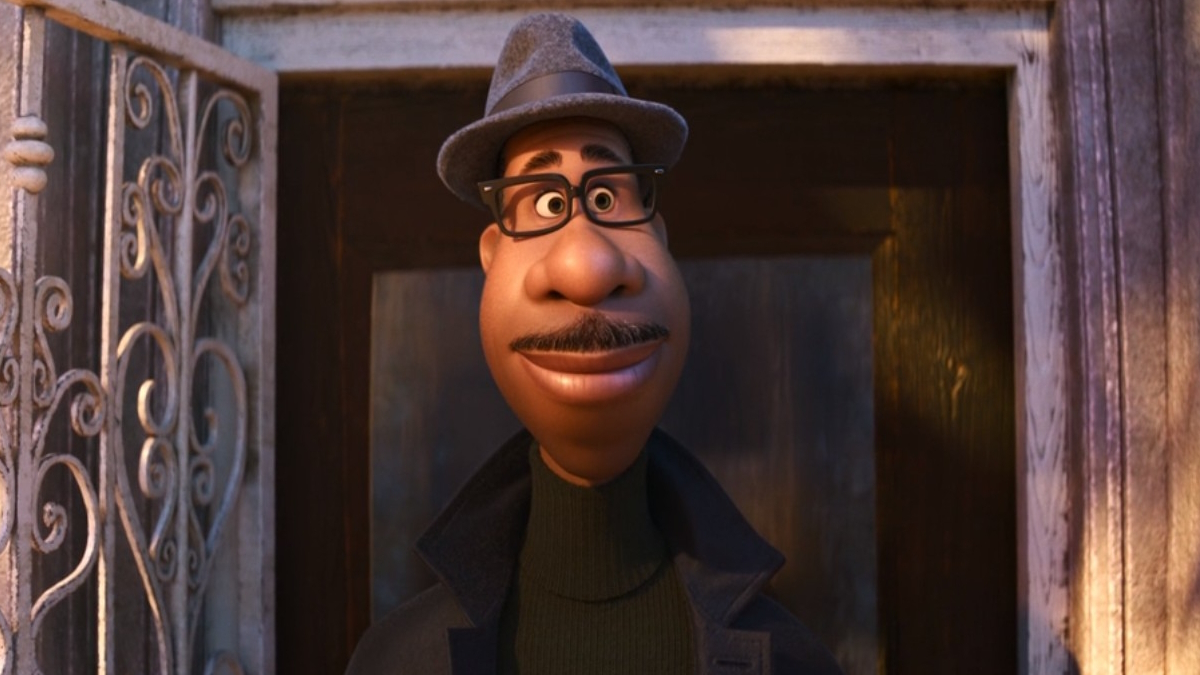
Released months into the COVID-19 pandemic, Pixar’s metaphysical fantasy Soul, directed by Pete Docter, warmly reminded quarantined audiences how much of life can still be lived. Its lead protagonist Joe (voiced by Jamie Foxx) perhaps isn’t the most exciting Pixar character on paper as he isn’t a talking action figure or radical sea turtle or a muscle-bound superhero. Joe is just a man; a jazz musician who dreams of having more in life. But that’s still what makes Joe a great Pixar hero. In a lot of ways, Joe was like a lot of us going through a hard time – stuck in limbo, left to over-obsess what we deem to be substandard compared to our ambitions. His closing words in the film, “I’m going to live every minute of it,” is a profound sentiment to live by.
30. Francis (A Bug’s Life)
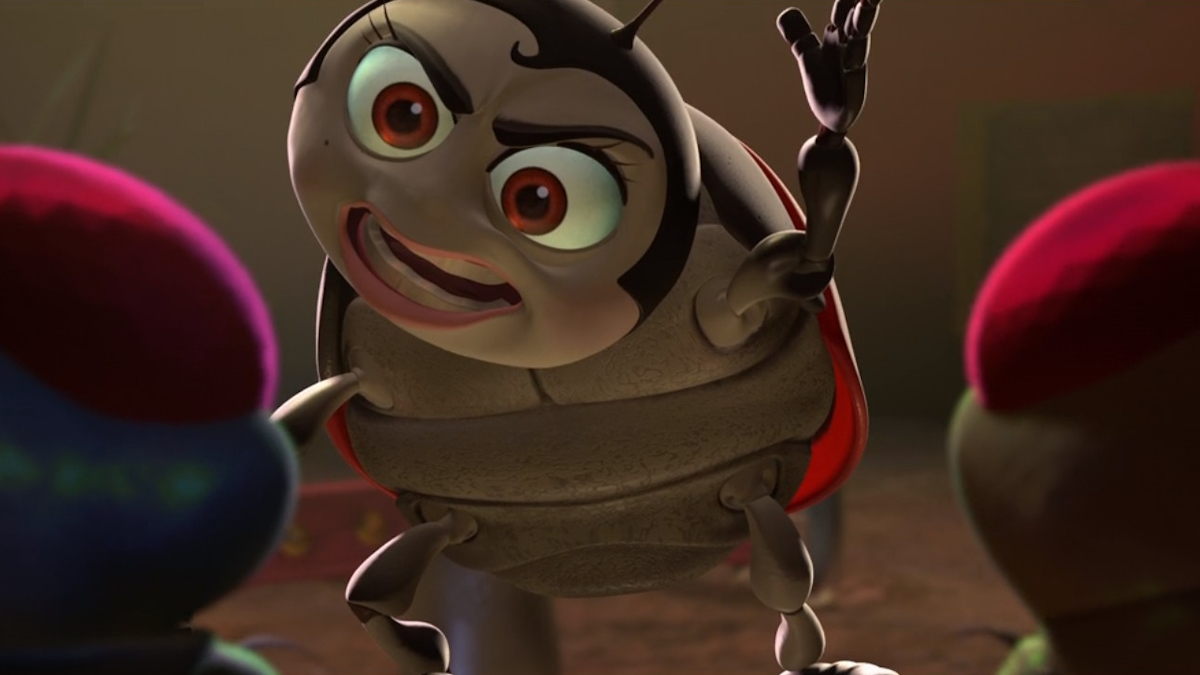
Before starring in FX’s Rescue Me and the Ice Age film franchise, Denis Leary lent his talents to a hot-tempered male ladybug in Pixar’s A Bug’s Life. Really, it’s the kind of casting choice that could only happen in the late 1990s. While Francis is just one of many characters to crowd Pixar’s second feature film – a Disney-fied retelling of Akira Kurosawa’s Seven Samurai – Francis nevertheless seizes the screen, from adorably befriending a troop of girl scout to delivering a fateful, poorly worded inspirational speech that really sets the movie’s plot in motion.
29. Meilin Lee (Turning Red)
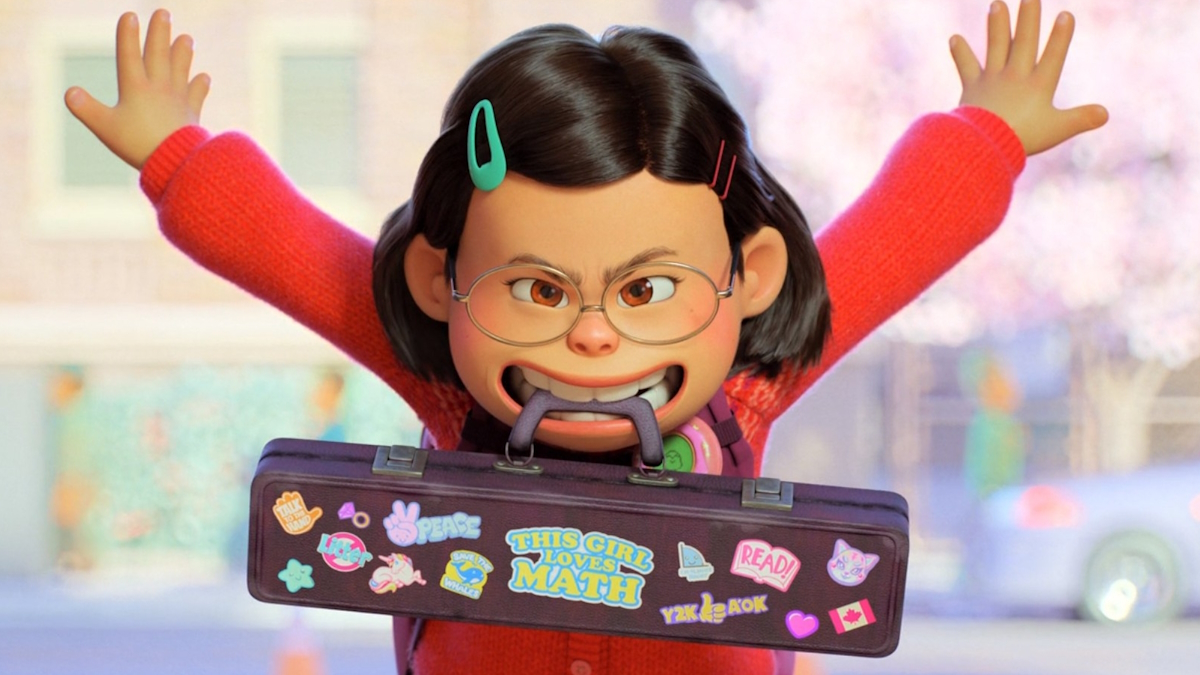
Confident without the baggage of ego, Meilin Lee (voiced by Rosalie Chiang) in Domee Shi’s modern fantasy Turning Red represents a new breed of main characters for the fabled studio. From the beginning, “Mei” is already self-assured and cool as if she owns the place. It’s only when she wakes up as a giant red panda – originating from an ancient family curse – that Mei’s life enters a tailspin. In this lively metaphor about adolescence and womanhood, Mei’s highly specific experience of Asian-Canadian upbringing in Toronto speaks to everyone, everywhere.
Sign up for the Total Film Newsletter
Bringing all the latest movie news, features, and reviews to your inbox
28. Joy (Inside Out)
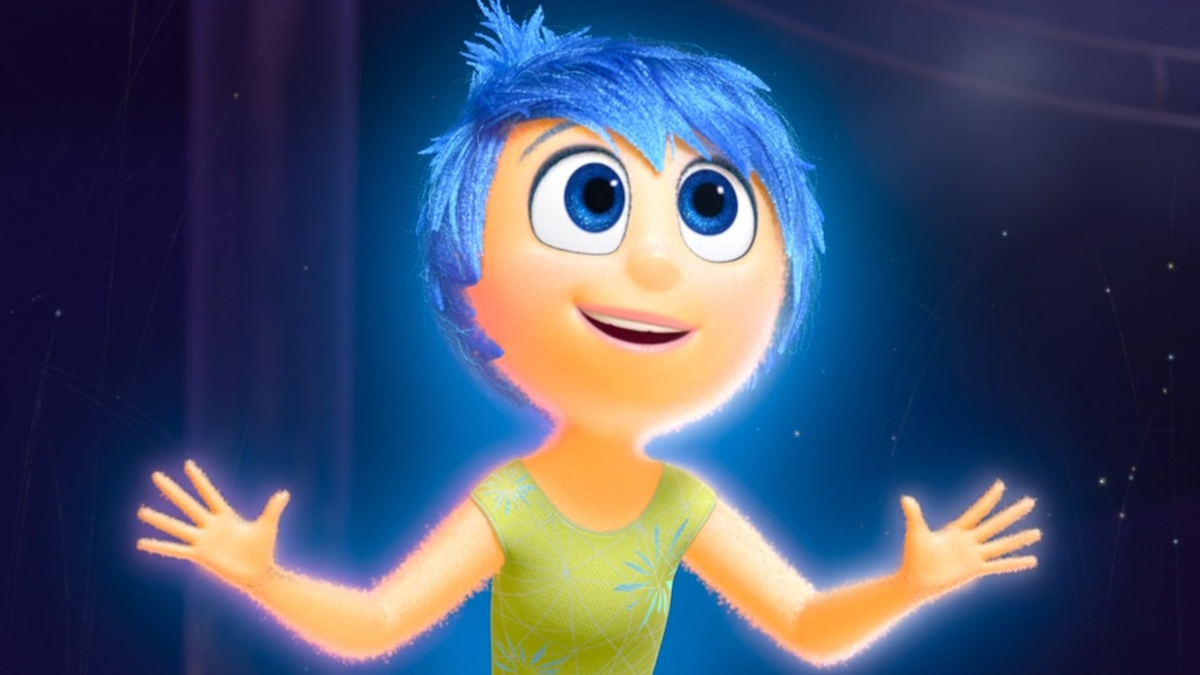
As far as the internet was concerned, the running joke of Pixar’s movies was: “What if inanimate objects had feelings?” In 2015, Pixar itself took things further by asking: “What if feelings had feelings?” Enter Inside Out, where anthropomorphic moods seek to stabilize an 11-year-old girl named Riley after her family moves to San Francisco. Parks and Recreation’s own Amy Poehler voices Joy, the embodiment of happiness on a molecular level and de facto leader of Riley’s moods. Joy’s optimism is infectious and unwavering until she, too, feels sad. Turns out, maybe we all need to feel a little sad to know what true happiness feels.
27. Duke Caboom (Toy Story 4)
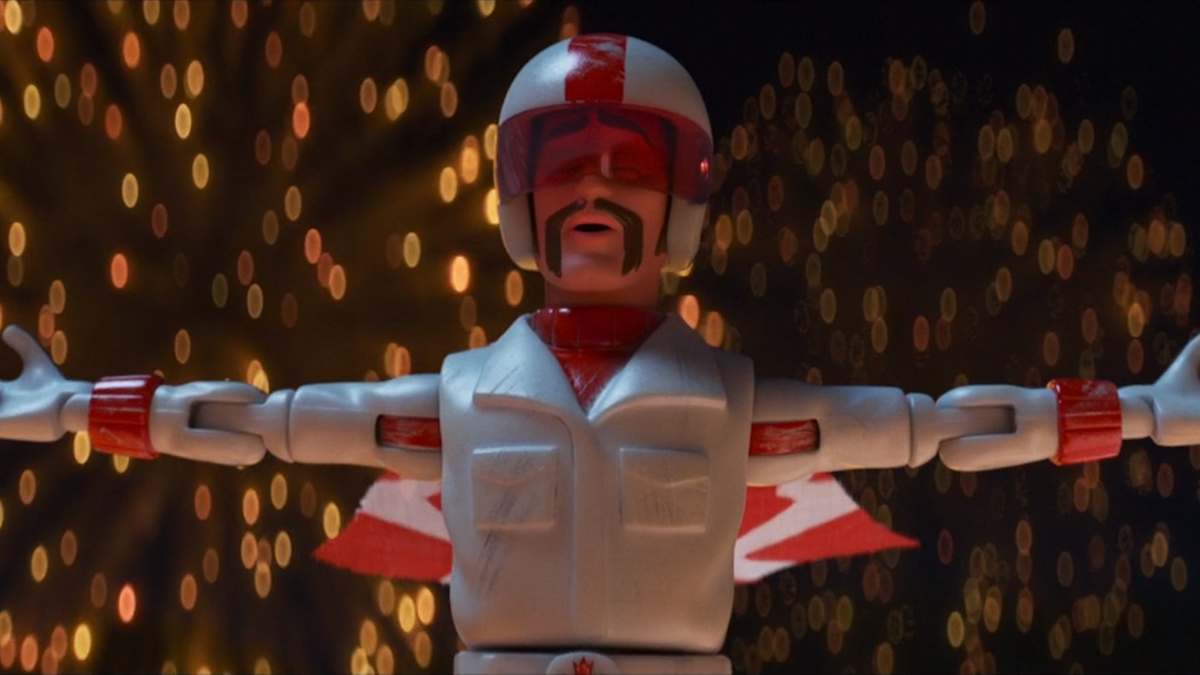
The physical embodiment of “the guy she told you not to worry about” meme, John Wick star Keanu Reeves rides high in the 2019 Toy Story sequel as Duke Caboom, a thinly veiled homage to Evel Knievel who is recruited by Woody to help him rescue Forky. Duke grabs the spotlight with his amusing juxtaposition of handsome machismo – watch him pose, a lot – and lack of self-confidence, not to mention Reeves clearly sounding like he’s having the time of his life.
26. Corey the Manticore (Onward)
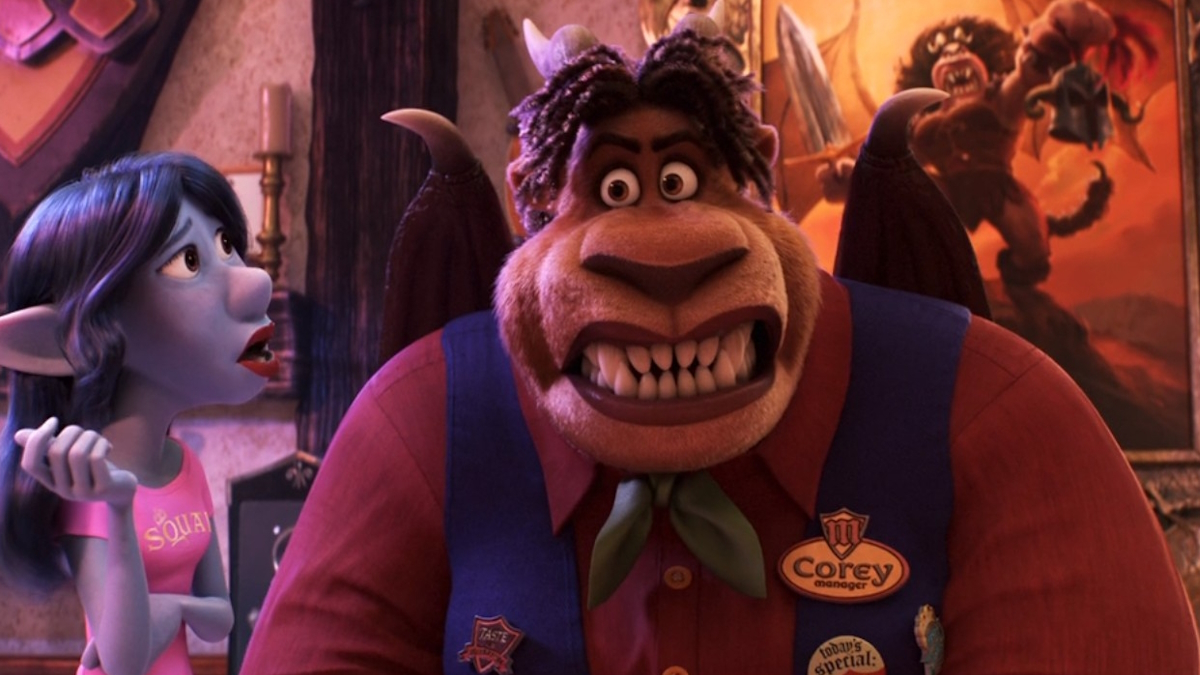
Initially hyped up by fantasy-obsessed Barley Lightfoot as a fearsome creature of legend and giver of epic quests, “Corey” actually being the stressed-out manager of a franchise restaurant is an all-time underrated swerve. Brought to life by Octavia Spencer, “Corey” is easily one of the most memorable characters ever conceived by Pixar by how much she alone grounds the movie’s premise of fantasy and magic made familiar to our plain, mundane world. More importantly, she is proof it’s still never too late for any of us to keep having adventures.
25. Dash (The Incredibles)
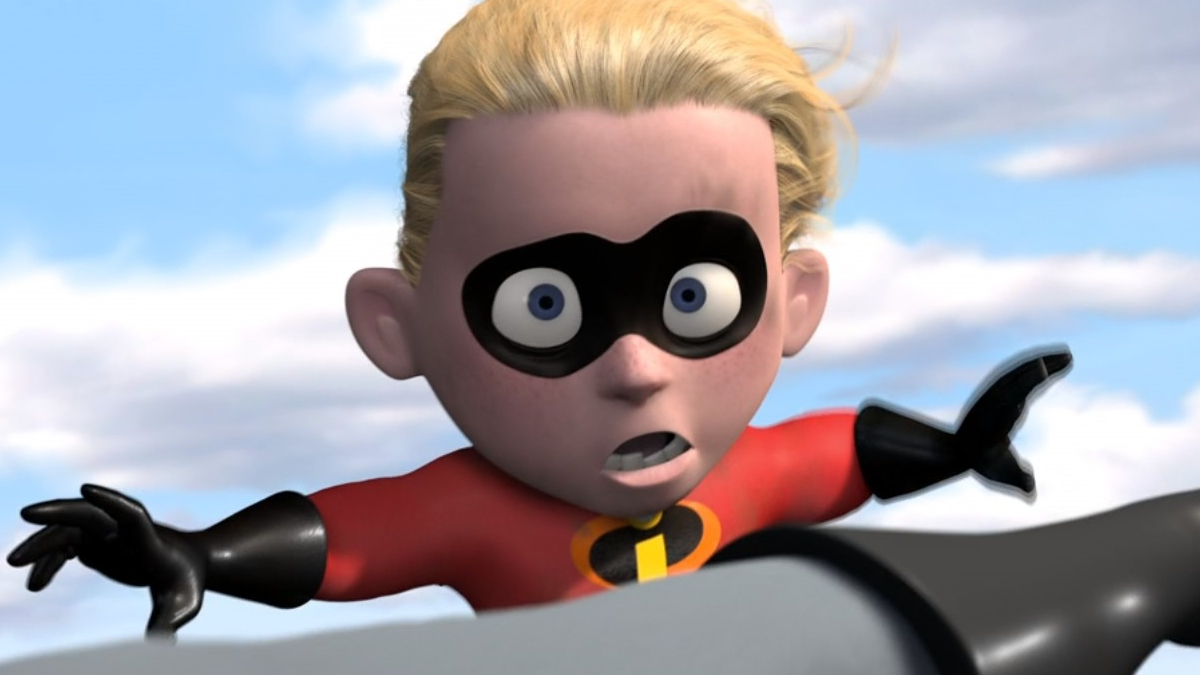
It’s hard to stand out in a superhero universe, but young Dash outruns everyone around him with both his quick feet and zippy attitude. An amalgamation of iconic comic book characters like DC’s The Flash, Marvel’s Whizzer and Quicksilver, and a slew of other young superheroes who emerged in the ‘70s and ‘80s, Dash stands tall in some of the most exciting and satisfying set-pieces in Brad Bird’s The Incredibles. It’s uncanny how speedster scenes in other, more expensive movies from actual superhero studios still can’t match the sheer velocity of Dash.
24. Boo (Monsters, Inc.)
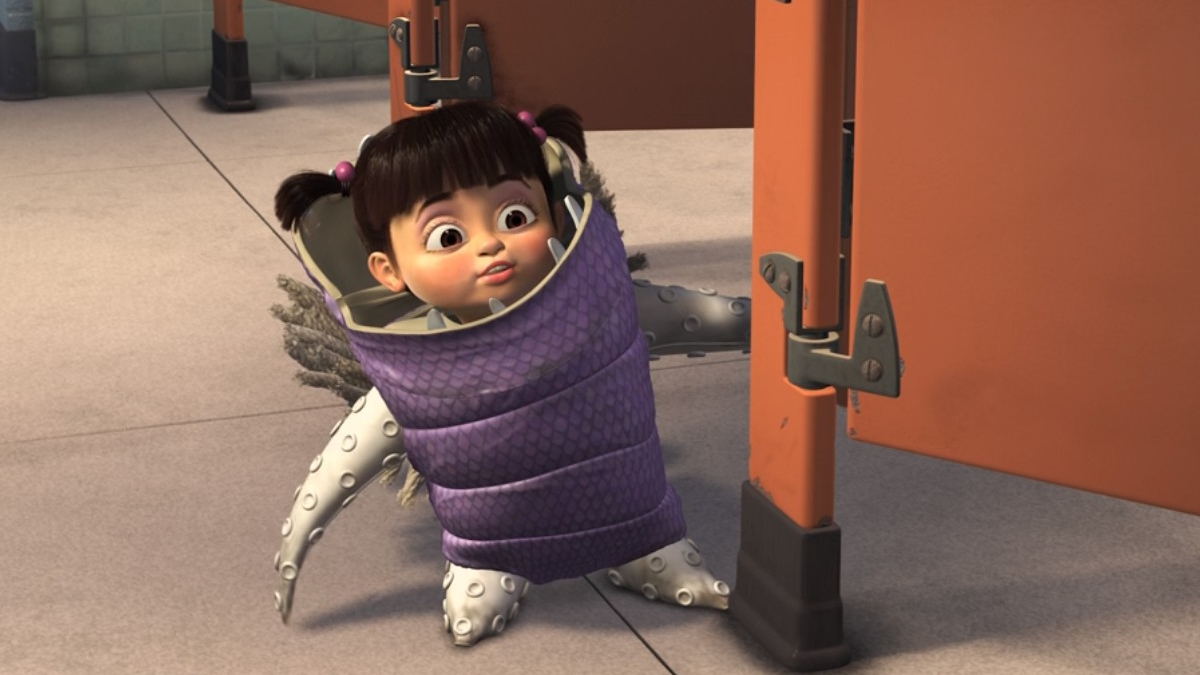
Her name says it all: Boo! The most adorable character in the Pixar canon who can barely verbalize more than three words inspires abject terror to the monsters who populate Monstropolis. A representation of innocence, Boo reminds us that things are only scary to us if we let them be. Fun fact: Boo was voiced by Mary Gibbs, the daughter of late Pixar animator Rob Gibbs. She was exactly Boo’s age when she was cast, and the audio team had a hard time recording her lines because she would run around the Pixar offices.
23. Merida (Brave)
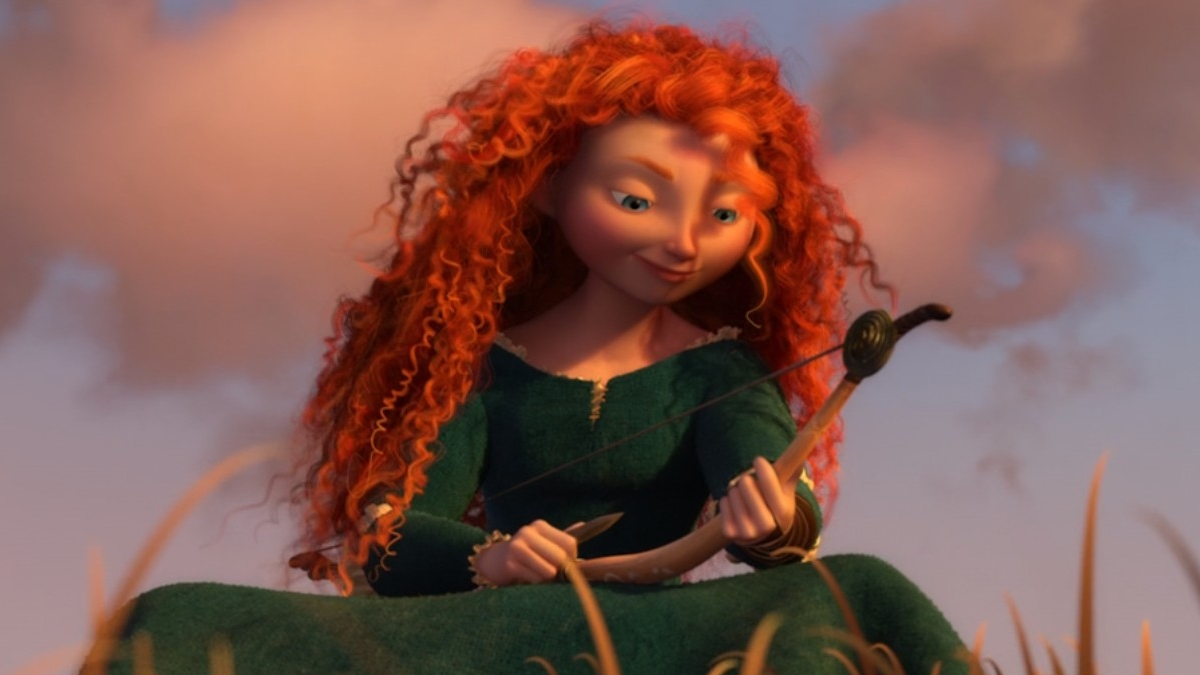
Just before Frozen introduced Elsa to the Disney canon as a famously independent princess without a male love interest, Pixar’s Brave had Merida (voiced by Kelly Macdonald). In the acclaimed movie, directed by Mark Andrews (originally Brenda Chapman, who left the project over disagreements with Pixar’s John Lasseter), Merida is a princess in Medieval Scotland who’d sooner pick up a bow than a beau. Between her sassy attitude and killer voice acting by Macdonald, Merida has few equals.
22. Anton Ego (Ratatouille)
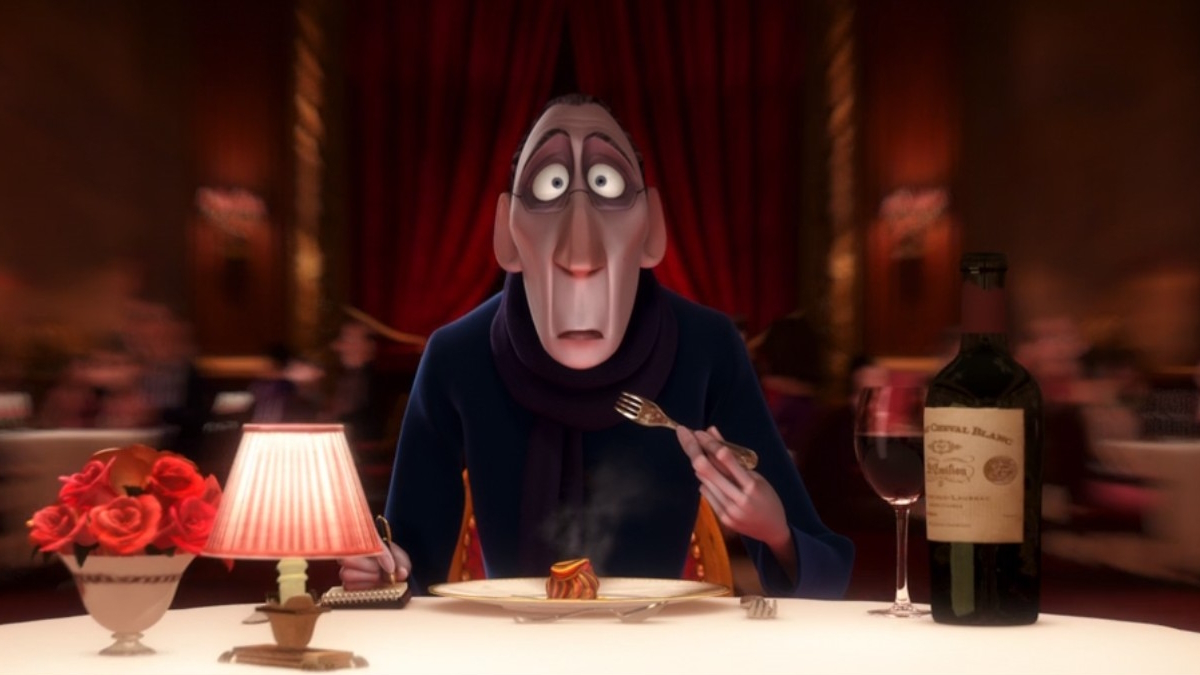
You may think the acidic and acerbic food critic Anton Ego (voiced by Peter O’Toole) is an elitist and a bit too full of himself, and you’d be right. But he’s still someone who simply knows their purpose in the world: a keeper of higher standards. He’s not a bad guy, he’s just a jerk. Even so, so-called objective perspectives must yield subjective experiences, and upon tasting an all-too-familiar dish at the end of Pixar’s modern classic Ratatouille, Anton Ego shows that there is no such thing as criticism free from biases.
21. Héctor (Coco)
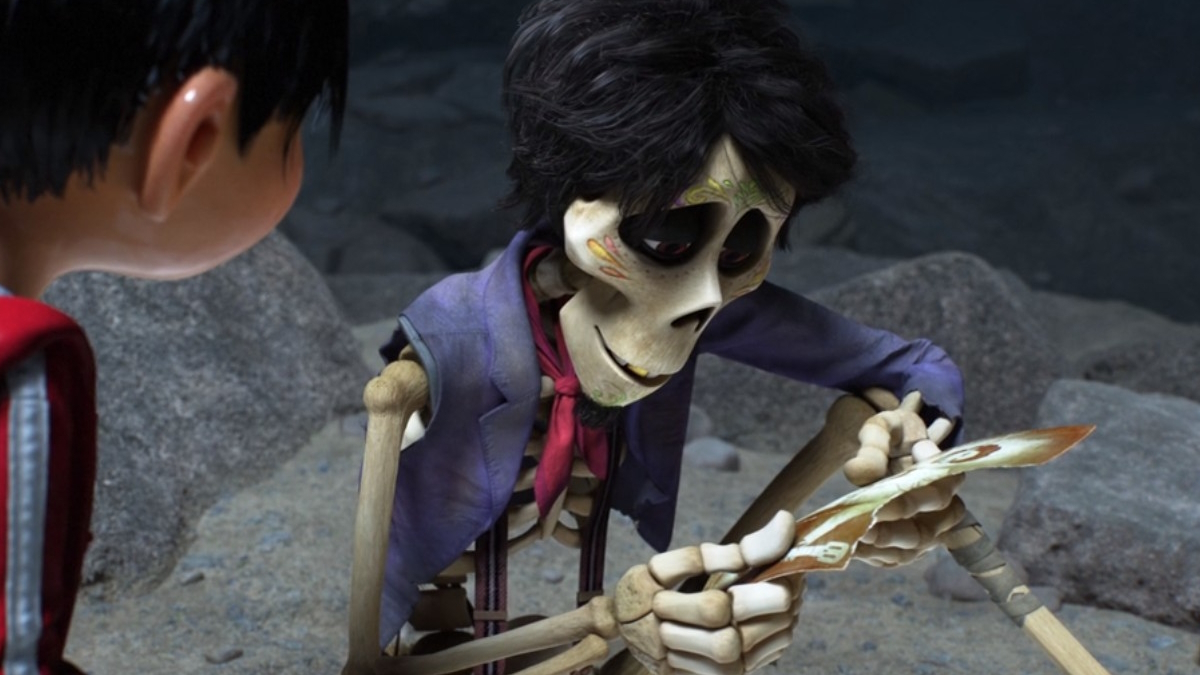
First introduced as a trickster you maybe can’t really trust, Héctor ends up winning all our hearts when it’s discovered he only wants to be remembered by his family. In Pixar’s acclaimed 2017 musical drama Coco, beautifully set in the world of Mexican mythology, souls in the afterlife finally dematerialize when no one living remembers them. For Héctor, who befriends a lost 12-year-old boy named Miguel – who is obsessed with meeting his departed celebrity idol – time is running out when the two embark on a journey where they learn how deep their connection to each other runs. Héctor is easily one of Pixar’s most lively yet sympathetic characters to date. Don’t we all just want to be remembered?
20. Jessie (Toy Story 2-4)
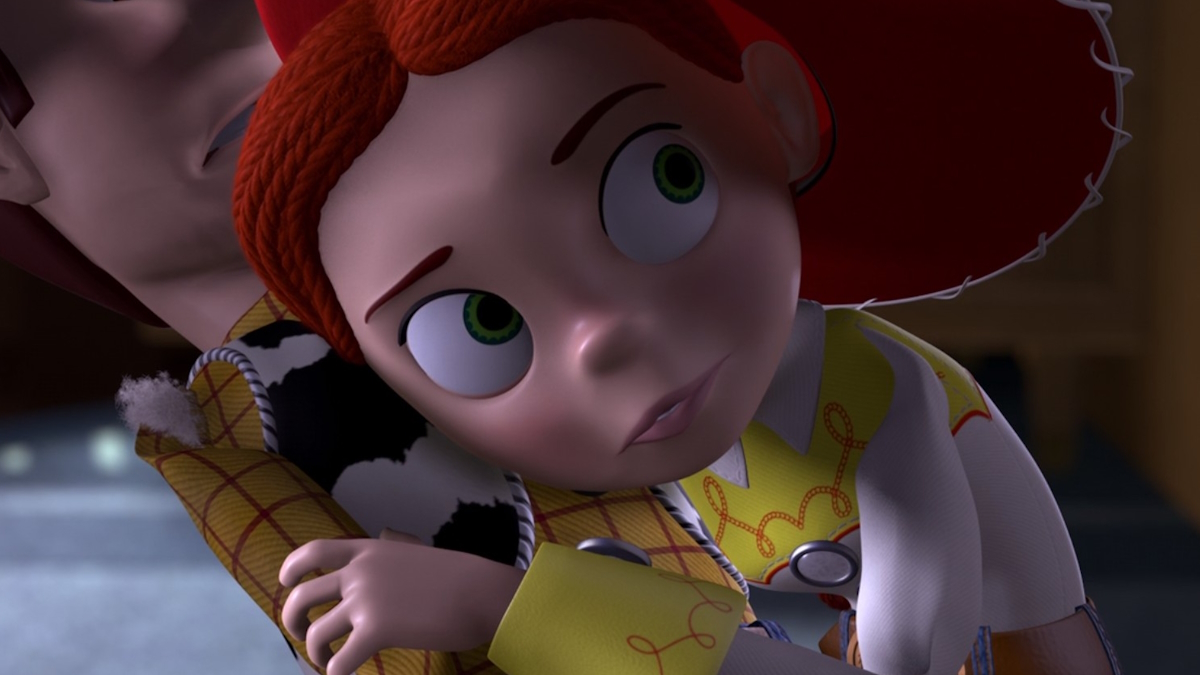
“Yee-haw!” Jessie, the cowgirl counterpart to Woody, galloped to stardom in Toy Story 2 (voiced by Joan Cusack, with yodeling performed by the late Mary Kay Bergman) by trying to get Woody back in touch with his roots as a Western media icon. Ask anyone what is the saddest scene in the Toy Story franchise, and almost everyone will bring up Jessie’s emotional flashback with Emily, a girl whose only crime was growing up. Her subsequent appearances in Toy Story 3 and Toy Story 4 have made her as important to Andy’s toy box as Woody, Buzz, and the rest.
19. Russell (Up)
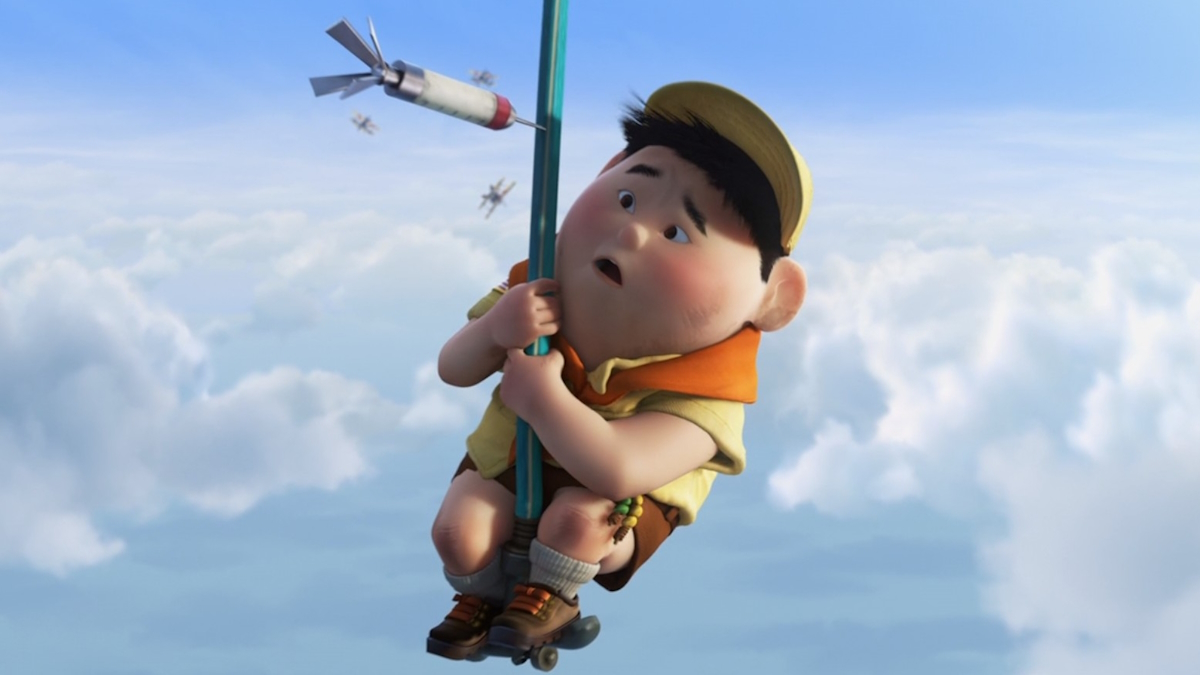
We all salute Russell, this brave Wilderness Explorer who ends up seeing more of the world than he probably expected one fateful morning. Really, all he wanted to do was help cranky Carl Fredericksen cross the street, not survive the elements and meet exotic creatures halfway around the world. Endearingly enthusiastic and perhaps naive to a fault, Russell is the perfect counterbalance to Carl, yet exactly the kind of person Carl needed to have to remember that life is always worth the adventure.
18. Crush (Finding Nemo)
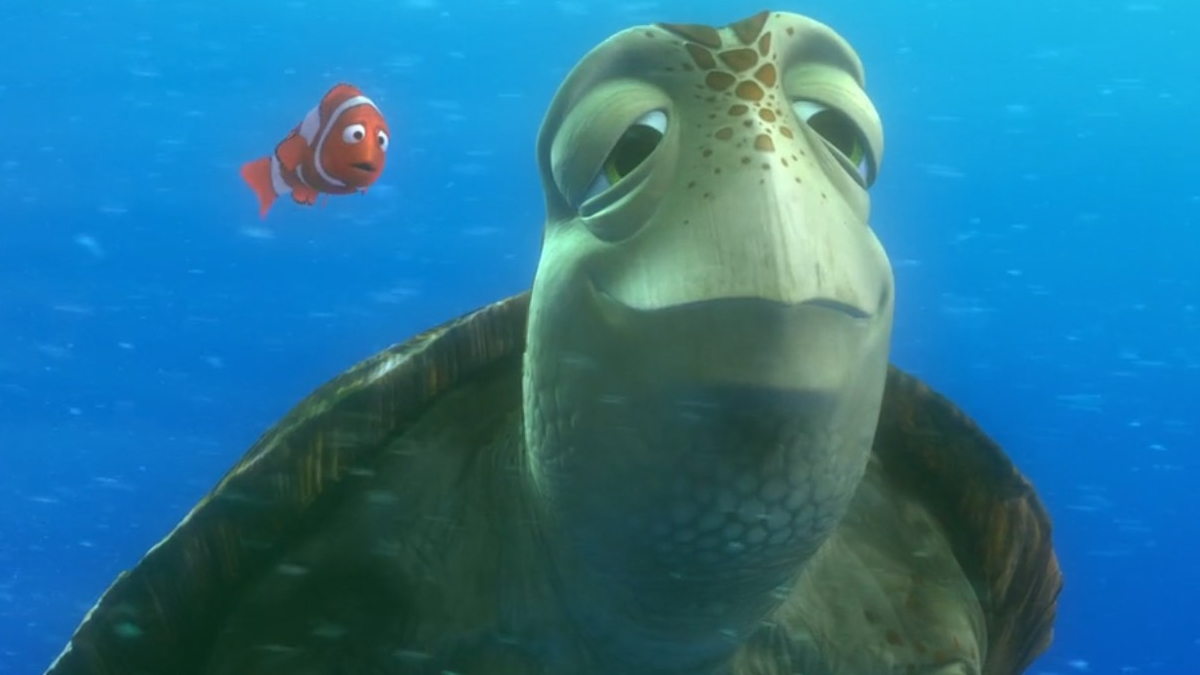
No hurling on his shell, dudes, okay? (He just waxed it.) Coming to the aid of Marlin and Dory right when they need it most, Crush lets them hitch a ride on his shell to give them – and the audience – the dopest trip through the East Australian Current. A 150-year-old sea turtle who talks like a twentysomething California surfer, Crush’s easygoing personality makes him a truly one-of-a-kind character in all of Pixar. May we all learn from him to grab life by the shell and ride the wave.
17. Lightning McQueen (Cars)
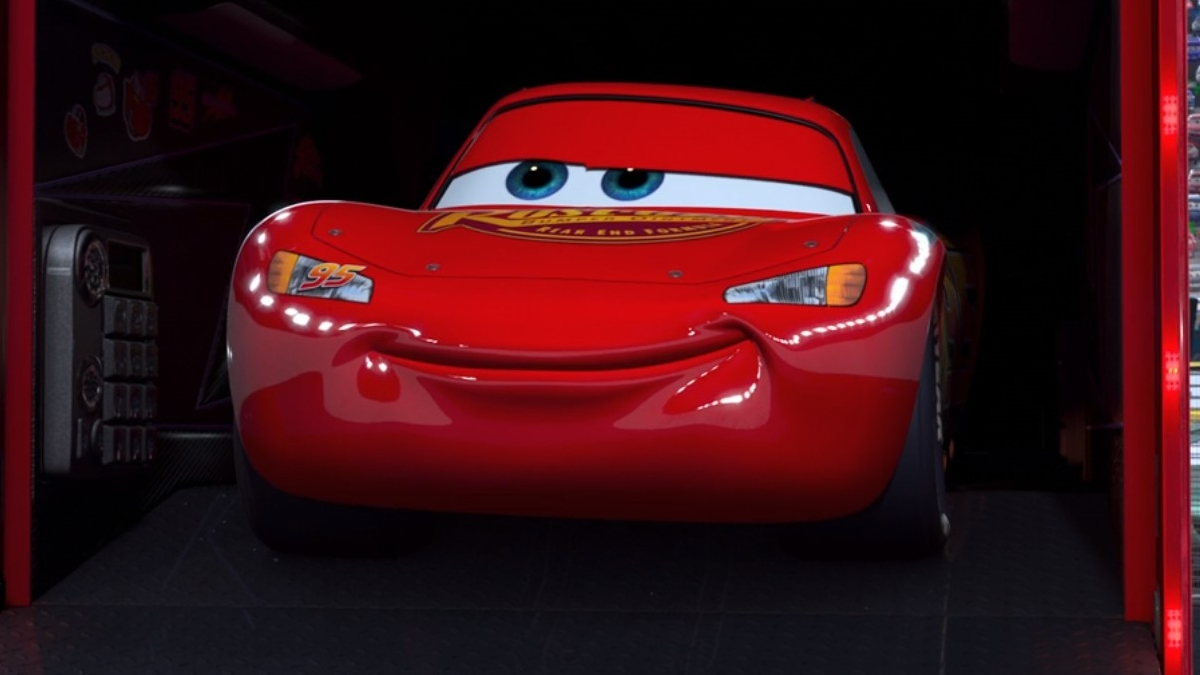
While Pixar purists may overlook the Cars series as the studio’s most cynical cash-grab, Cars still offers plenty of characters worthy of some love. None more so than Lightning McQueen, voiced by Owen Wilson and the resident superstar athlete in Pixar’s library of work. An actual race car, Lightning McQueen revs up the screen to embody the absolute peak form of any major athlete, from Muhammad Ali to Michael Jordan (both actual subjects the filmmakers of Cars strove to emulate through Lightning). With his signature phrase “Ka-Chow!” and fire-red paint job, Lightning is, to put it simply, very cool.
16. Barley Lightfoot (Onward)
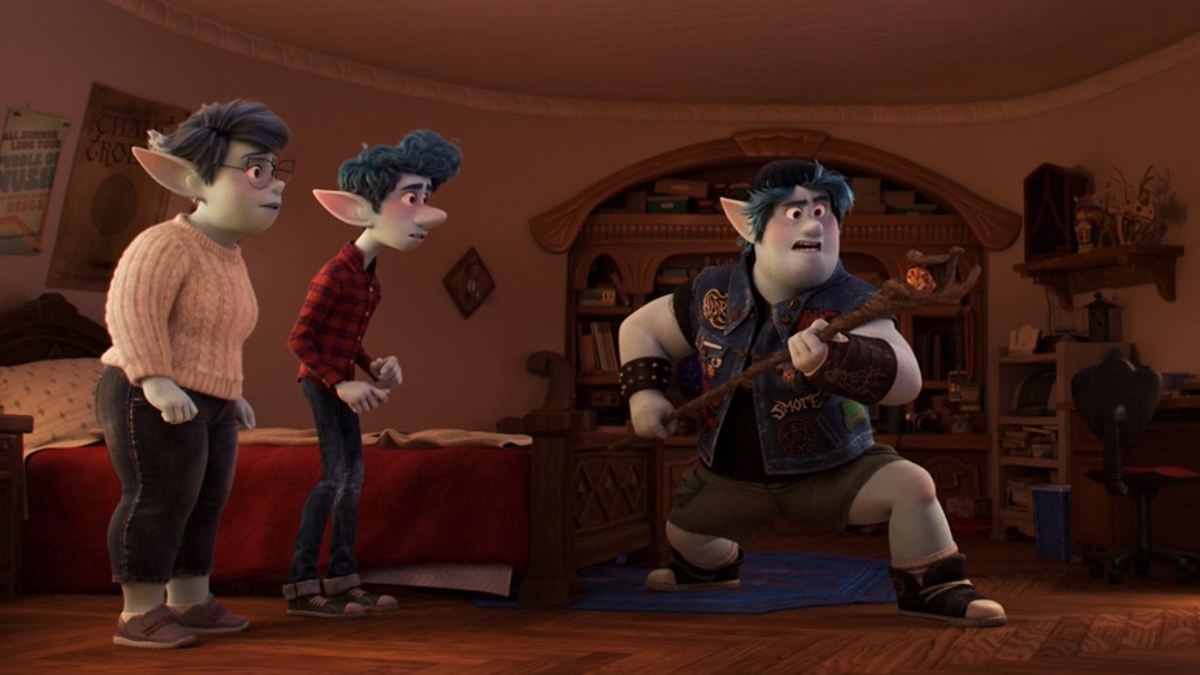
Onward awkwardly released at the start of the COVID-19 pandemic as a movie that championed togetherness and adventure in a time when neither seemed possible. It’s a shame Onward opened to precious few audiences, because had it received more attention, we’d all be bigger fans of Barley Lightfoot. Voiced by Chris Pratt, Barley is everyone’s unabashedly geeky big brother whose encyclopedic knowledge of what is effectively Dungeons & Dragons and paperback fantasy is a thing to behold. With more to him than meets the eye, Barley centers a movie that is all about the treasures you keep in your heart and the adventures you can still allow yourself to have.
15. Edna Mode (The Incredibles)
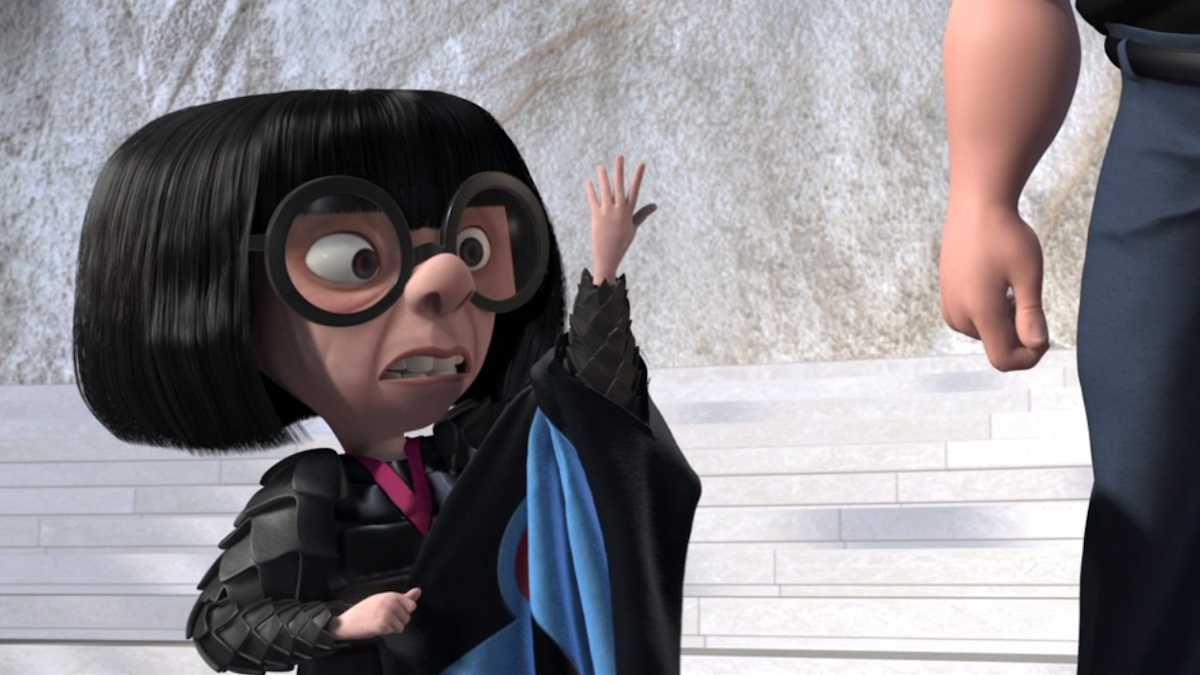
The incomparable Edna Mode, both fashion designer and brilliant engineer, maybe isn’t a superhero. But she’s saved more lives than anyone can count as the superhero community’s leading costume maker (and by that extension, their first line of defense). Her strict code of principles into her work, not to mention being weirdly great with kids makes Edna one of the most fun multi-dimensional characters across all of Pixar. Learn it from Edna: Black is timeless, no capes, and never look back. It distracts from the now.
14. Gabby Gabby (Toy Story 4)
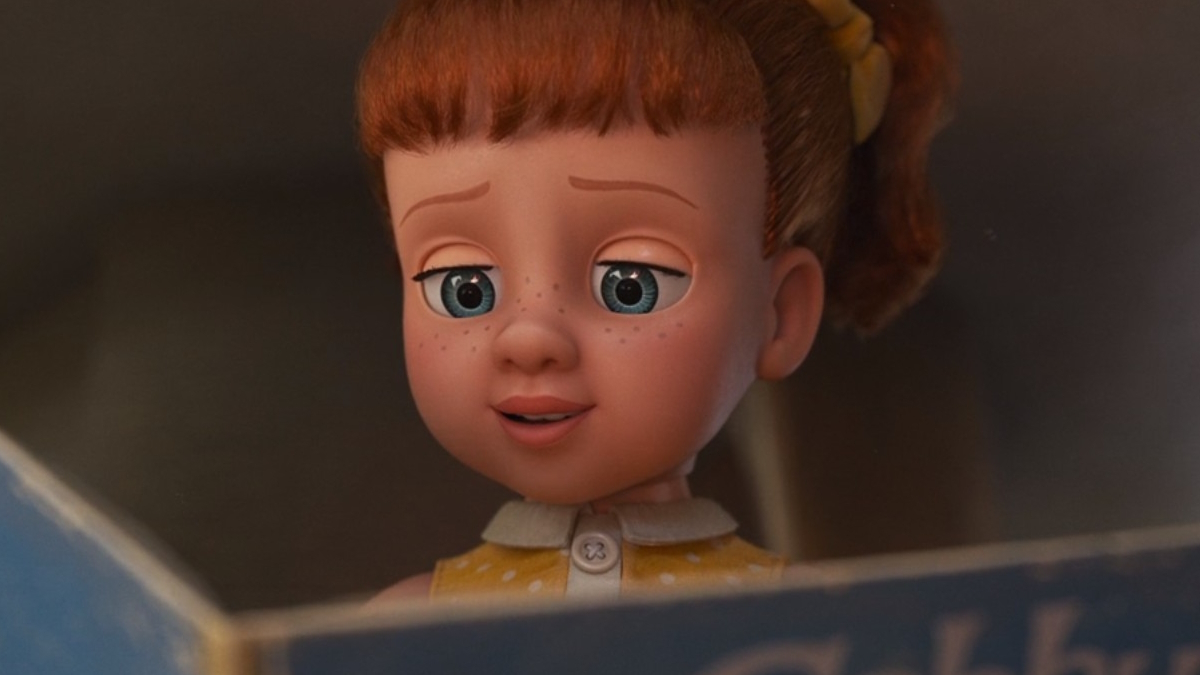
In Toy Story 4, Mad Men star Christina Hendricks gave Gabby Gabby, a classic girl’s toy doll, equal doses of pleasantry and poison as the movie’s complex tragic anti-heroine. Like a lot of great Disney “villains,” she’s not necessarily evil, but only driven by purpose and haunted by resentment. Unlike other toys in the Toy Story universe, she actually takes her rejection by her original “owner” in stride; she merely wants a chance to be accepted by someone else. A mafia don in the shell of a Talky Tina doll, Gabby Gabby proves that antagonism can have more than one kind of face.
13. Sadness (Inside Out)
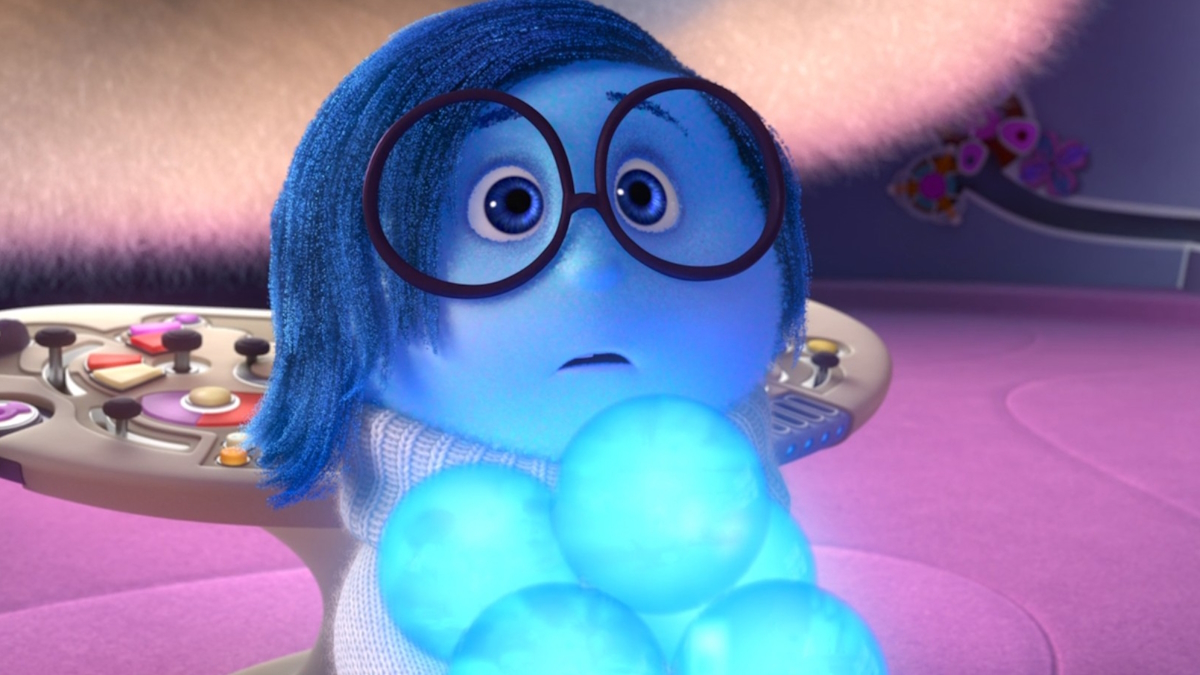
Wearing a cozy knit sweater like a suit of armor, Sadness inadvertently causes too much trouble for Riley’s other emotions, leading herself – and maybe we, the audience – to believe she’s useless and unwelcome. But as it turns out, the movie argues, we need sadness. We as a human species need to feel blue so we can also know what it means to be happy, to be angry, to be afraid. The Office star Phyllis Smith memorably lends her voice for Sadness, making her both the unexpected hero of Inside Out and one of Pixar’s most unforgettable characters of all time.
12. Carl Fredricksen (Up)
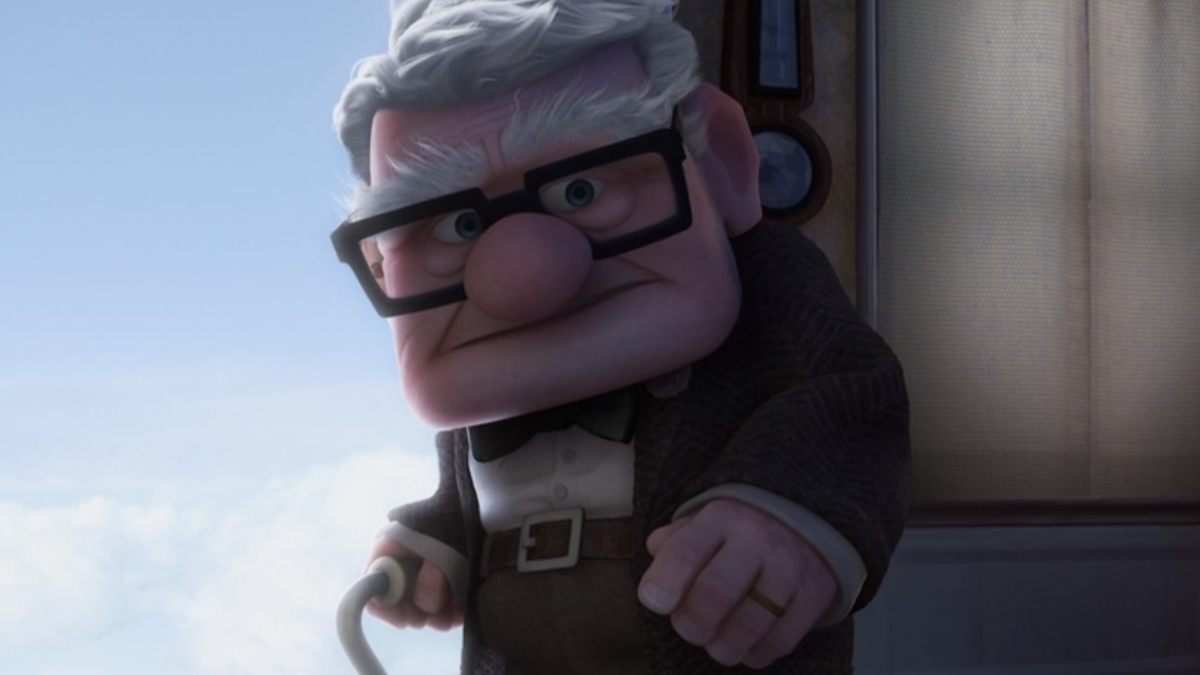
Maybe our greatest fear is to end up like Carl Fredricksen: Alone and left to believe our best days are behind us all. But Pete Docter’s Up shows, via Carl, that life can still be an adventure, no matter how young or old you may be. Voiced by the late Ed Asner, Carl takes to the skies as one of Pixar’s most enduring characters who proves that crankiness and bitterness, while amusing, isn’t the way to lift oneself up. Really, all we need to do is to just let the right people in.
11. Mike Wazowski (Monsters, Inc)
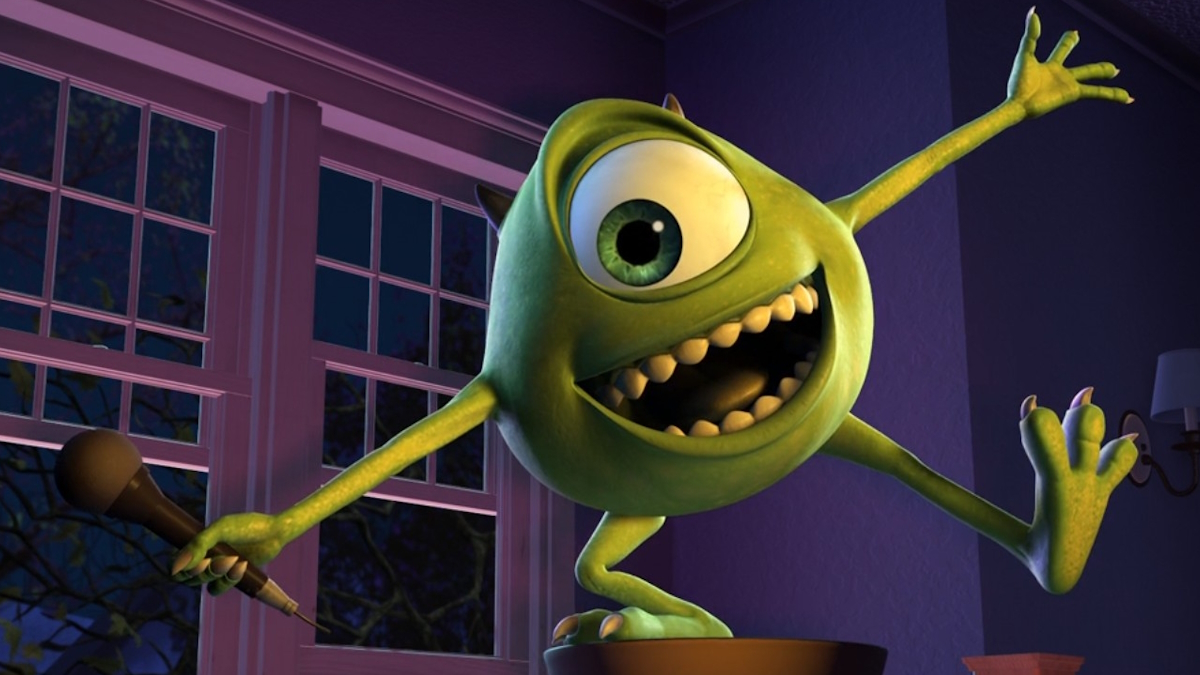
Admittedly, it’s Billy Crystal’s performance that makes Mike Wazowski such a tremendous character. Though it’s Sully, played by John Goodman, who undergoes the most challenges in this mid-aughts Pixar classic, Crystal’s lively energy – a PG-ified version of his memorable role in When Harry Met Sally – and ingenious character design make him eligible for a theoretical Pixar Hall of Fame. Remember: If you’re going to threaten him, do it properly.
10. Syndrome (The Incredibles)
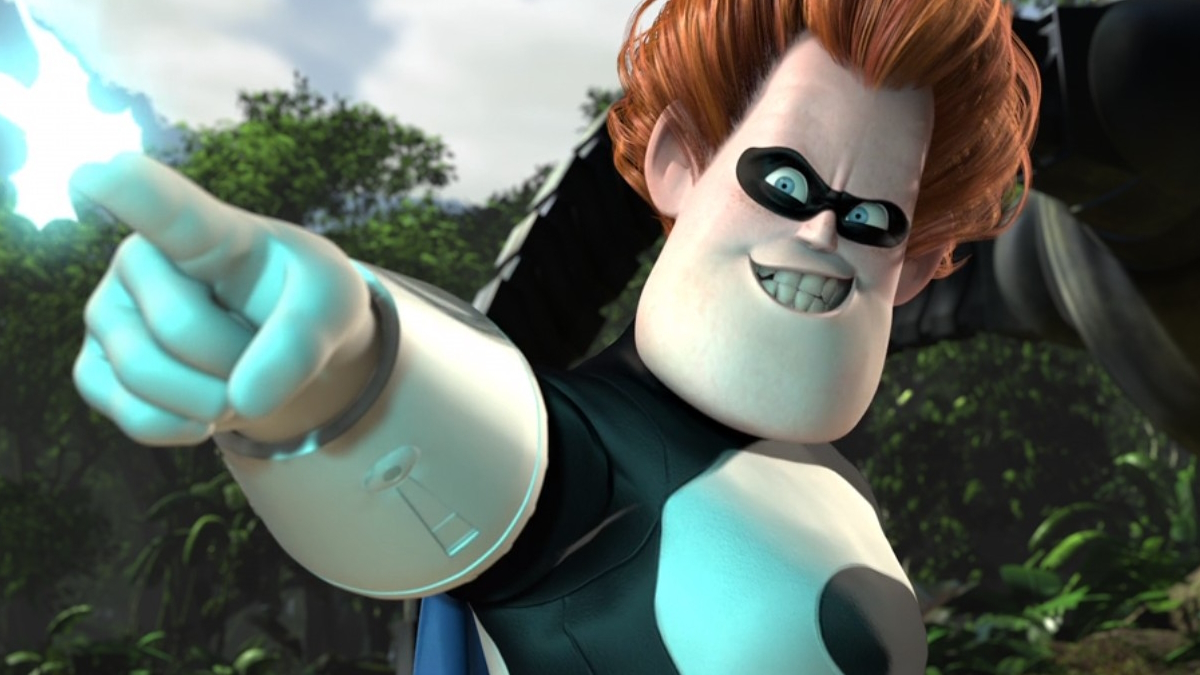
Don’t get him monologuing. In Brad Bird’s The Incredibles, the brawny Mr. Incredible dismissed an all-too-enthusiastic fan named Buddy, unintentionally writing a villain’s origin story. Now an adult, “Buddy” is now Syndrome, a megalomaniac and super genius who stands to crush his former idol and his family. With his dangerous delusions of grandeur and infinite resources to succeed on his ambitionis, Syndrome is a lesson that maybe just being a little bit more kind to people can go a long way to saving yourself trouble in the future.
9. Elastigirl (Incredibles 2)
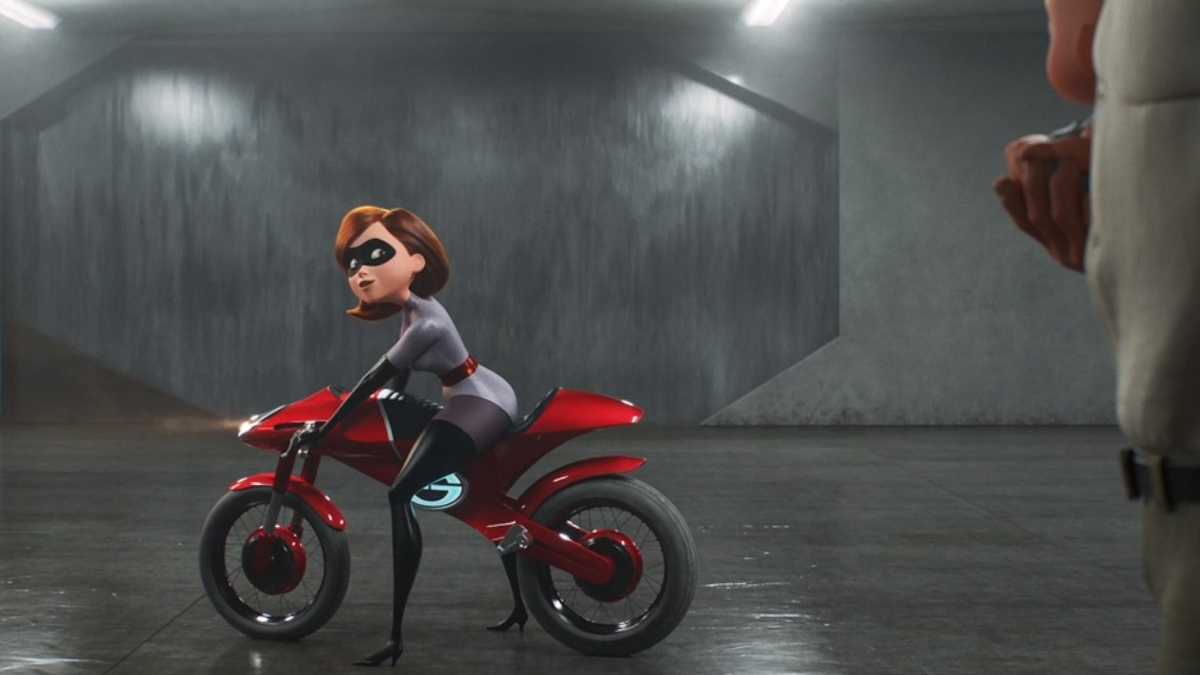
Yes, Holly Hunter memorably voiced Helen, a.k.a. Elastigirl, in the first movie. But in the sequel Incredibles 2, released over a decade later in 2018 and again helmed by Brad Bird, Elastigirl takes center stage as a chosen face for the superhero community’s revitalization – and leaving Bob to be the stressed-out, stay-at-home dad. By putting the spotlight on Elastigirl, Incredibles 2 elevates itself with a truly interesting twist on formula – this time exploring the modern question of working professional mothers – and forward progression of its own inventive premise.
8. Dory (Finding Nemo)
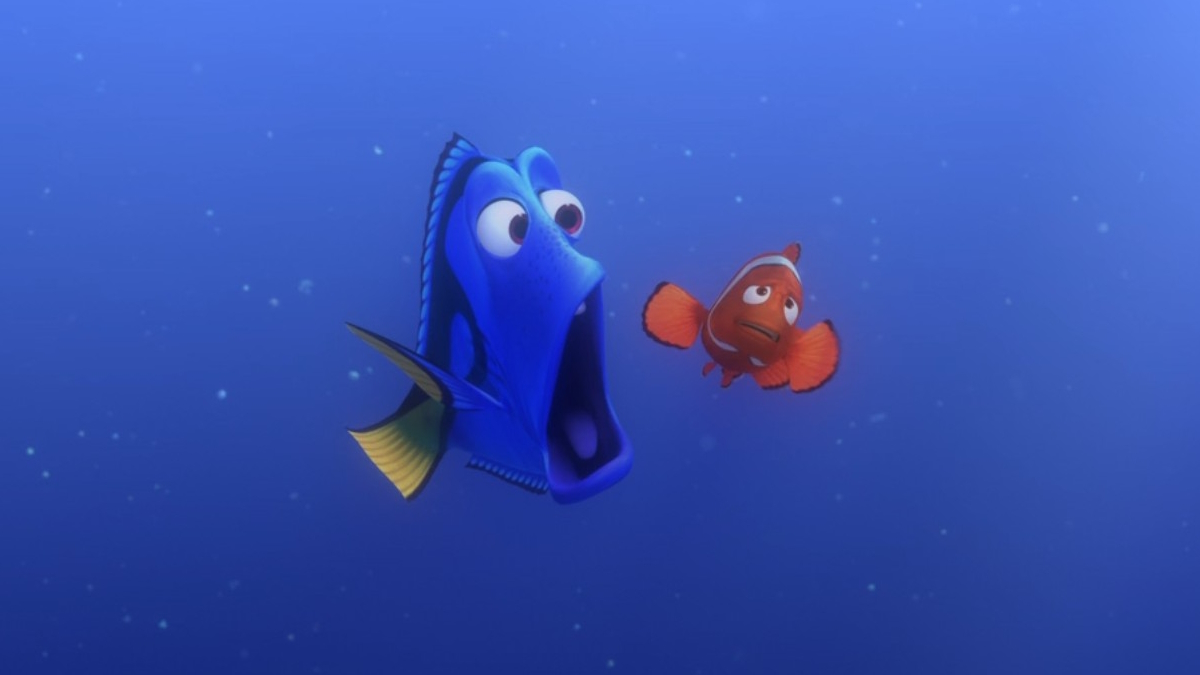
Yes, she’s a natural blue. Dory, the forgetful blue tang with a big heart Marlin quite literally swims into in Finding Nemo, became an instant Pixar favorite when the movie opened to acclaim in 2004. Much of Dory’s fandom is due in large part to Ellen Degeneres’ A-plus comic timing, who gets extreme mileage out of pure gibberish, like Dory’s “whale speak” and a random dentist’s address in Sydney. But Dory’s most famous line of all, “Just keep swimming,” is universally applicable to any situation. Just keep swimming! You’ll never know where you end up. Dory taught us that.
7. Wall-E (WALL-E)
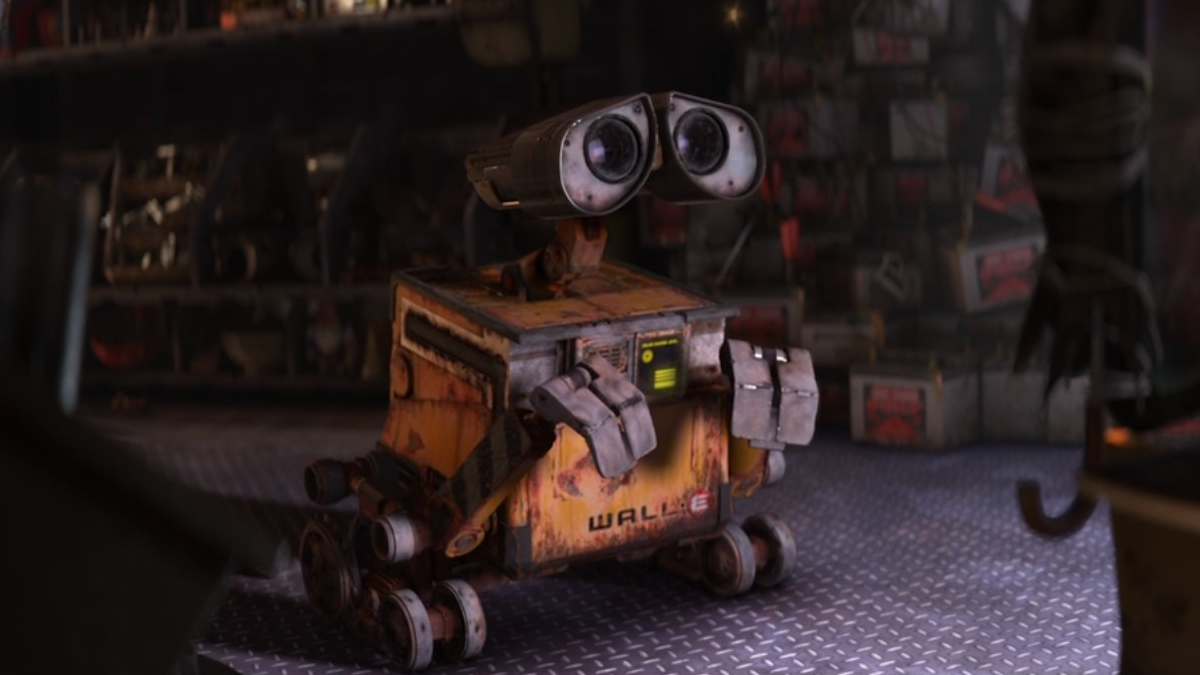
A true avatar for persistence and duty in the face of hopelessness, the humble robot Wall-E feels so alive and real despite saying little at all. In a future Earth ravaged by mankind’s own foolishness, Wall-E is the last functioning robot tasked with cleaning up an infinite mess humans long ago left behind. But what makes Wall-E so much more interesting is that, even as a robot, he dares to dream of something more – and he gets more than he bargains for when he encounters the cutting-edge robot Eve. We’ve all felt like Wall-E at some point or another: Abandoned, overwhelmed, but somehow still going because we believe something greater is about to happen.
6. Hamm (Toy Story 1-4)
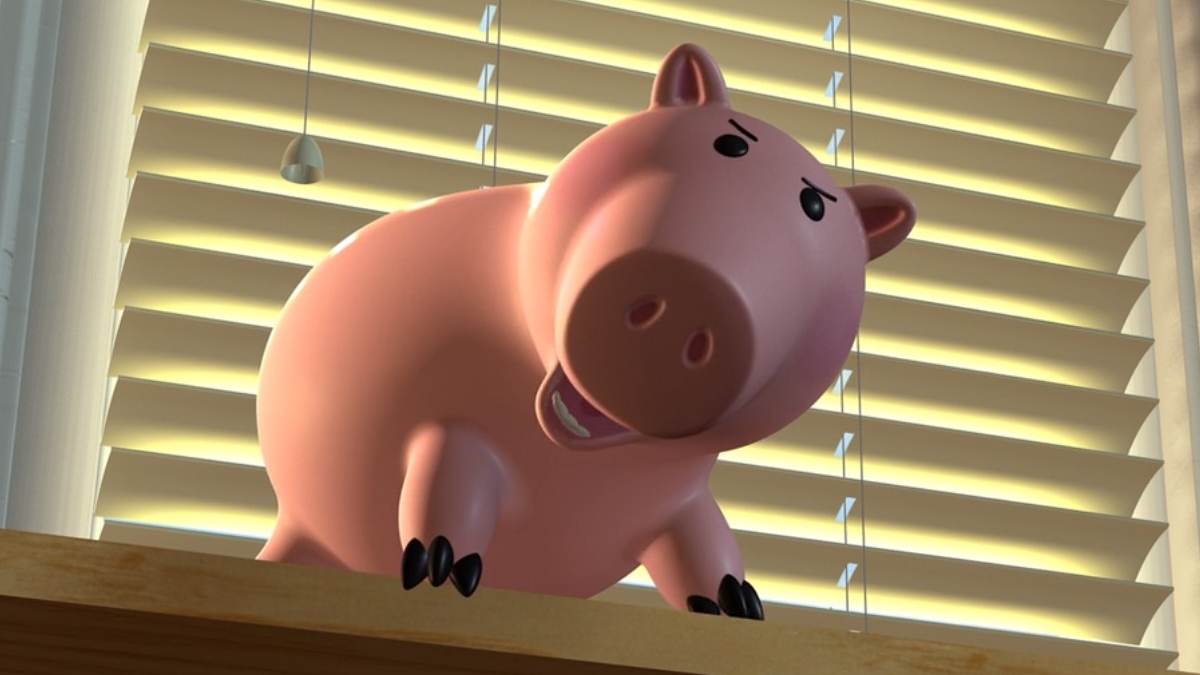
You know what? Being the main character is overrated. Throughout the whole Toy Story saga, there has always been Hamm, who is no more than a plain piggy bank with the driest wit in all the toys in Andy’s room. Voiced by Cheers star John Ratzenberger, Hamm is a stalwart supporting character who brings so much personality into the room even when paired next to the more caustic Mr. Potato Head and neurotic Rex. The patron saint of contentment, Hamm is a toy who seems to want nothing – not even Andy’s affections, interestingly – but is down to enjoy all that is in front of him. (Oh, the irony of being a money bank). Strangely proficient with technology and knowledgeable about the outside world, Hamm actually raises a lot of questions about the Toy Story universe, but he doesn’t seem in a rush to tell us.
5. Mr. Incredible (The Incredibles)
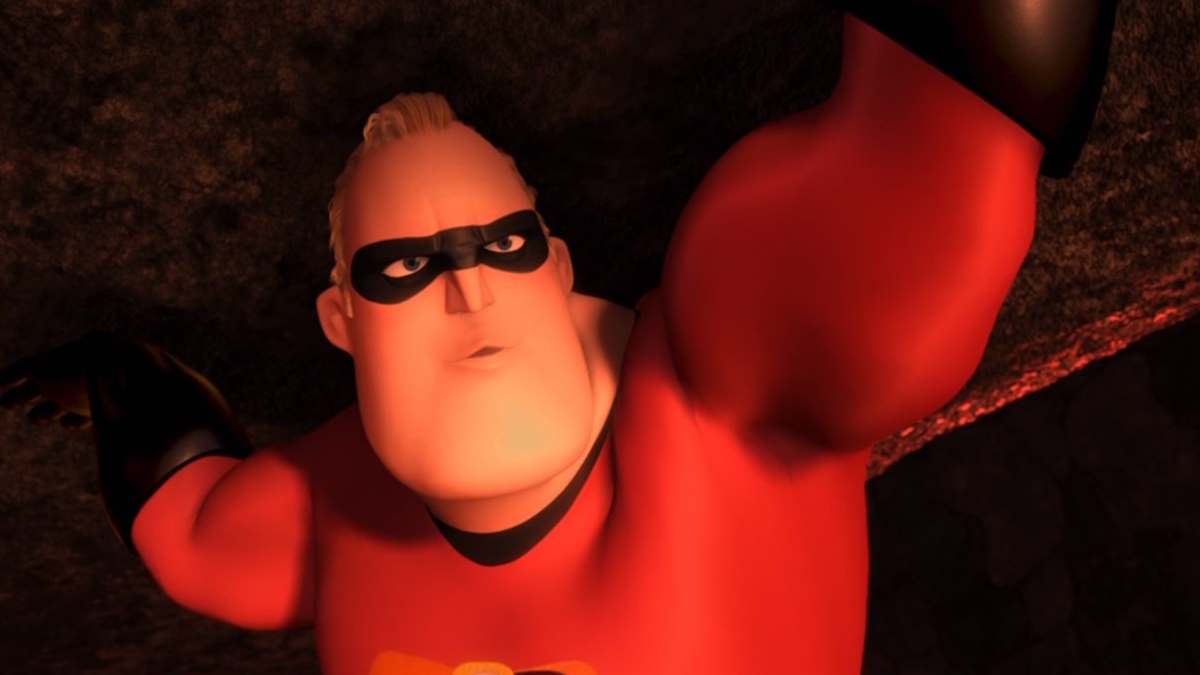
With Mr. Incredible as the lead of The Incredibles, Pixar cleverly used superhero storytelling conventions (and sleek Silver Age aesthetics) to explore a 21st century problem: The impotence of modern American male masculinity. No longer a superhero, Mr. Incredible – or rather, “Bob Parr” – feels like a shell of himself, and it’s only when his old life comes back to him does he feel something again. Wisely, The Incredibles knows this isn’t a long-term solution to any modern male stuck in malaise, but rather fully communicating with loved ones can lead to real results. (And maybe even more fulfillment than before.) Mr. Incredible doesn’t have the best lines even in his own movie, but as a rendition of what it means to be strong and what it means to actually have strength, Mr. Incredible outmuscles everyone in his class.
4. Hopper (A Bug’s Life)
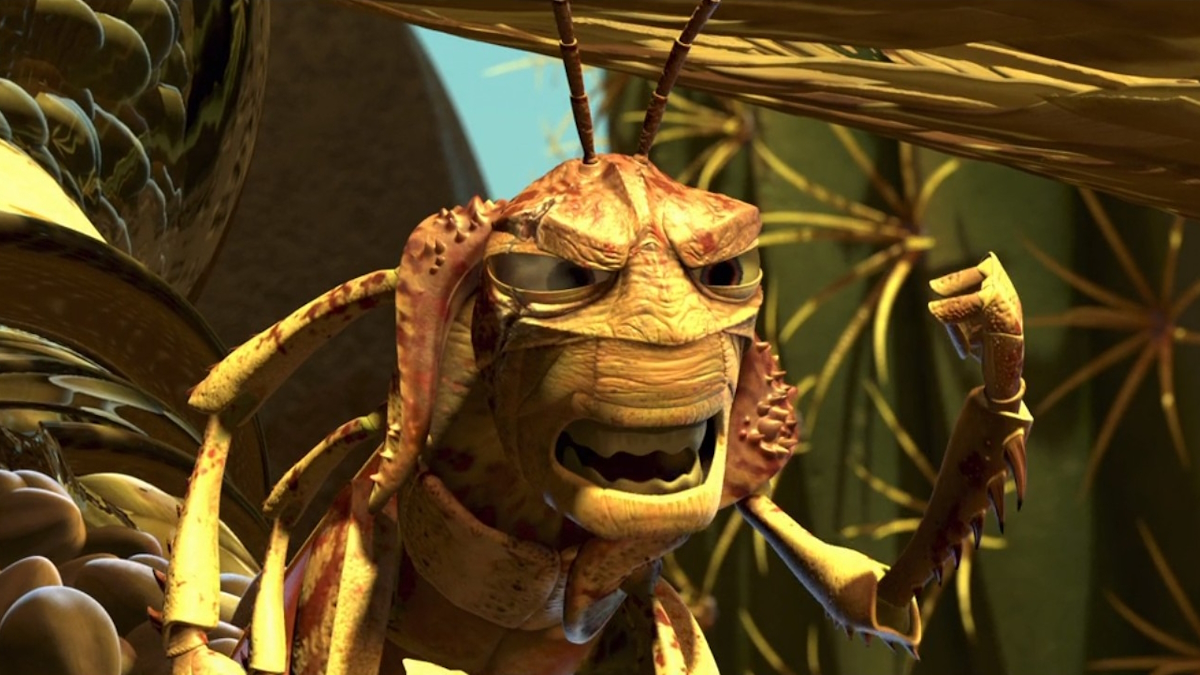
Coming after Toy Story and sandwiched in between other, bigger hits have left A Bug’s Life to be one of Pixar’s more “forgotten” movies. (Its increasingly dated and ugly CGI certainly doesn’t help any rediscovery efforts.) But A Bug’s Life happens to have one of the most engaging villains in all of Disney history, not just Pixar: Hopper, the leader of the villainous grasshoppers who dominate an ant colony to collect their food for them.
Through a mesmerizing performance from Kevin Spacey, Hopper stands tall as an example to children what competent autocracy looks like. The difference between Hopper and other Disney villains is that Hopper knows what his limits are, and he uses all of his best strengths – namely his threatening aura and controlling charisma – to overpower ants even when they outnumber him a thousand to one. What it takes to defeat villains like Hopper is bravery, preparation, and a little luck, because even the most intimidating ones aren’t invincible.
3. Remy (Ratatouille)
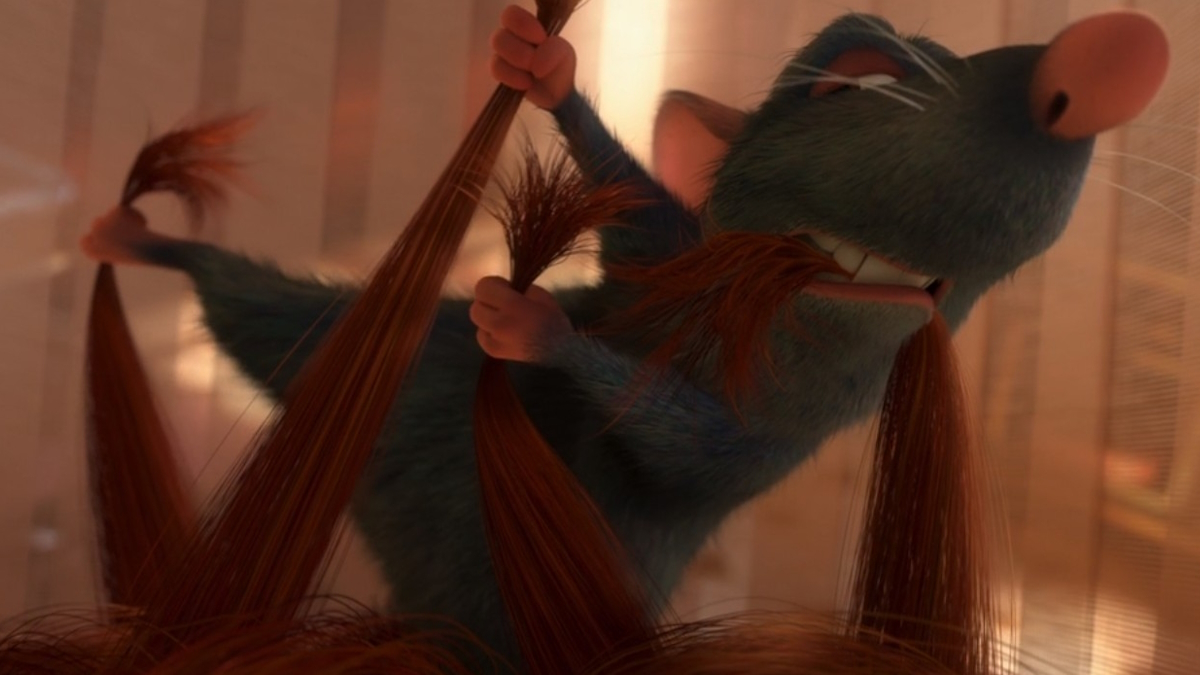
He’s a rat and a star chef. What more could you ask from this silly little guy, voiced by Patton Oswalt? Actually, a lot. Remy is perhaps the platonic ideal of a Pixar character, being an outsider wholly unwelcome in a place he wants to be and boasts the talent and determination to change the world around him. Though small in stature, Remy stands tall in the Pixar canon as one of the studio’s most inspiring and most adorable characters. (Kudos to the movie’s art team for rendering rats with such furry hug-ability.) Oswalt’s careful voice acting imbues Remy with plenty of personality as an eccentric who encourages the other rats around him to savor their food, to find the beauty in the details, and to demand more than the scraps left in the garbage.
2. Buzz Lightyear (Toy Story 1-4)
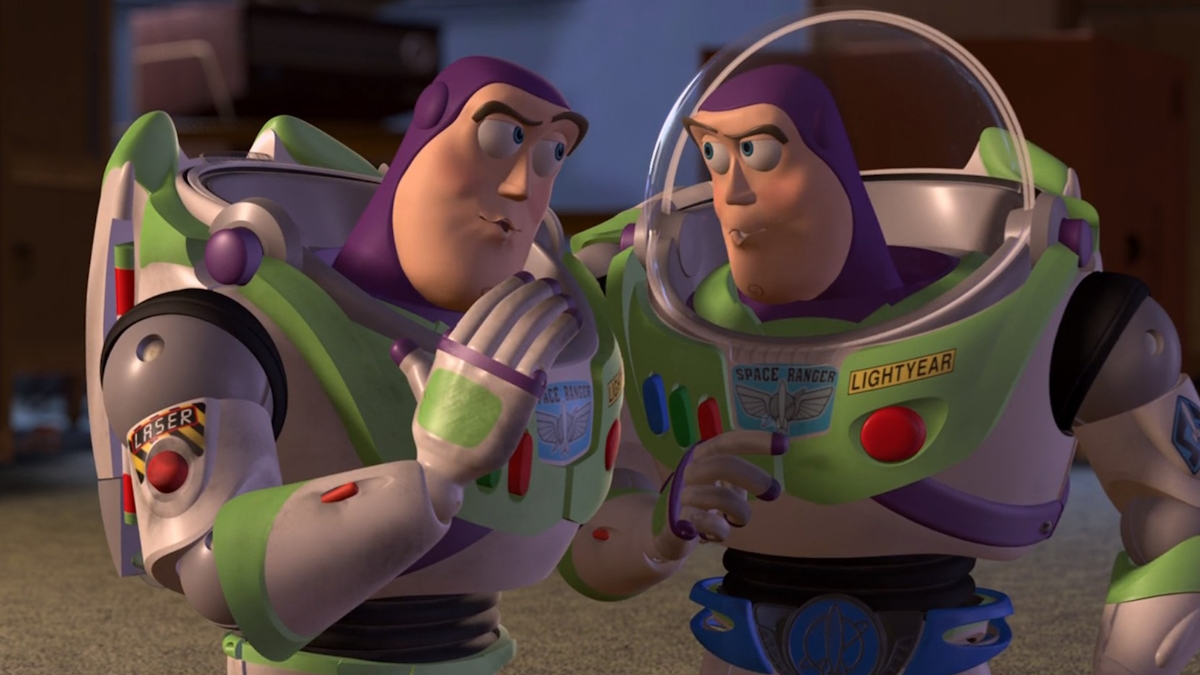
When Toy Story opened to great fanfare in 1995, its story made instant icons out of its two main characters. One of them was Buzz Lightyear, voiced by Home Improvement’s Tim Allen. A cool, nifty action figure from a sci-fi franchise, Buzz is fresh out of his box who sincerely believes in the truth of his story printed on his packaging. Whereas Woody – his reluctant ally on the journey home – knows exactly what toys are and takes that duty seriously, Buzz is a figure of denial. But you can’t fault him. No one told him he was a toy when he was packaged. As confident Buzz is at first, his subsequent breakdown and internal growth revealed exactly the sort of mature, intelligent storytelling that Pixar would give audiences for years to come.
1. Woody (Toy Story 1-4)
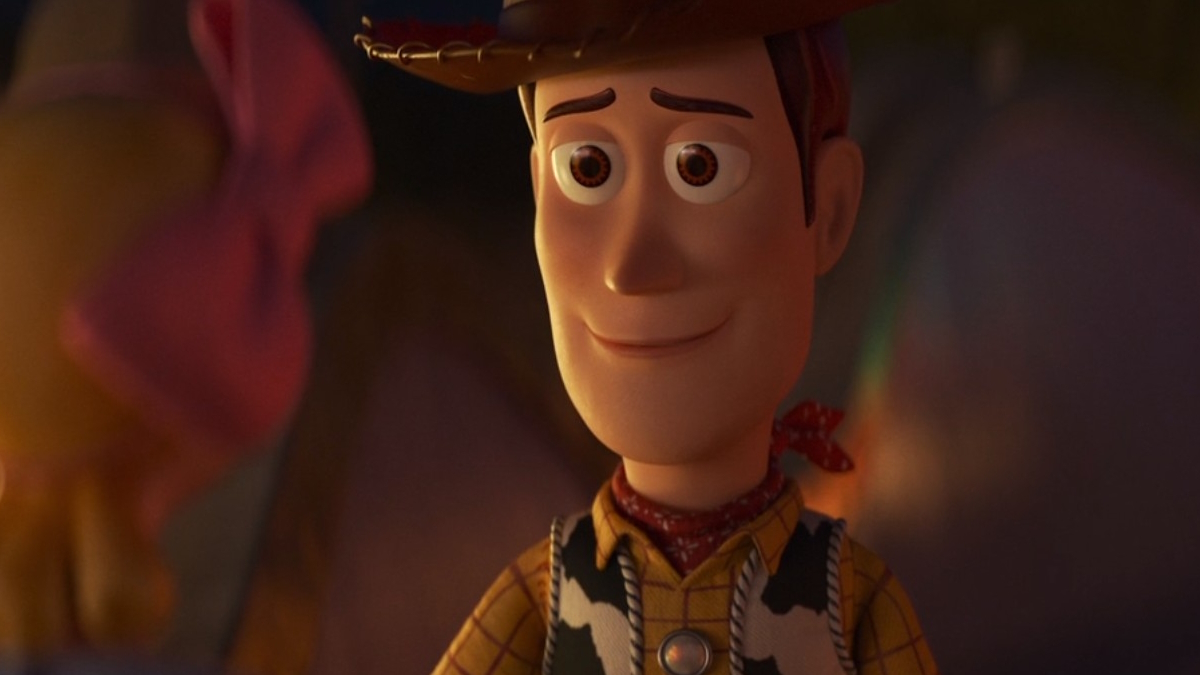
On the opposite side of Buzz Lightyear is Woody (voiced by the impeccably cast Tom Hanks), a relic of a bygone era on the verge of becoming more collector’s antique than children’s toy. In the first movie, from director John Lasseter, Woody is introduced as a model locker room leader until Woody is threatened by Buzz and his status as Andy’s new exciting toy, inspiring juicy narrative conflict in what is still one of Pixar’s best movies of all time. Woody’s subsequent journeys in the Toy Story sequels are rich with themes like purpose, leadership, and heritage, altogether painting a stunning picture of masculinity with the artifice of cowboy aesthetics. There is no better representation of Pixar’s storytelling powers than Woody, who with one pull of the string can say just about anything.

Eric Francisco is a freelance entertainment journalist and graduate of Rutgers University. If a movie or TV show has superheroes, spaceships, kung fu, or John Cena, he's your guy to make sense of it. A former senior writer at Inverse, his byline has also appeared at Vulture, The Daily Beast, Observer, and The Mary Sue. You can find him screaming at Devils hockey games or dodging enemy fire in Call of Duty: Warzone.


